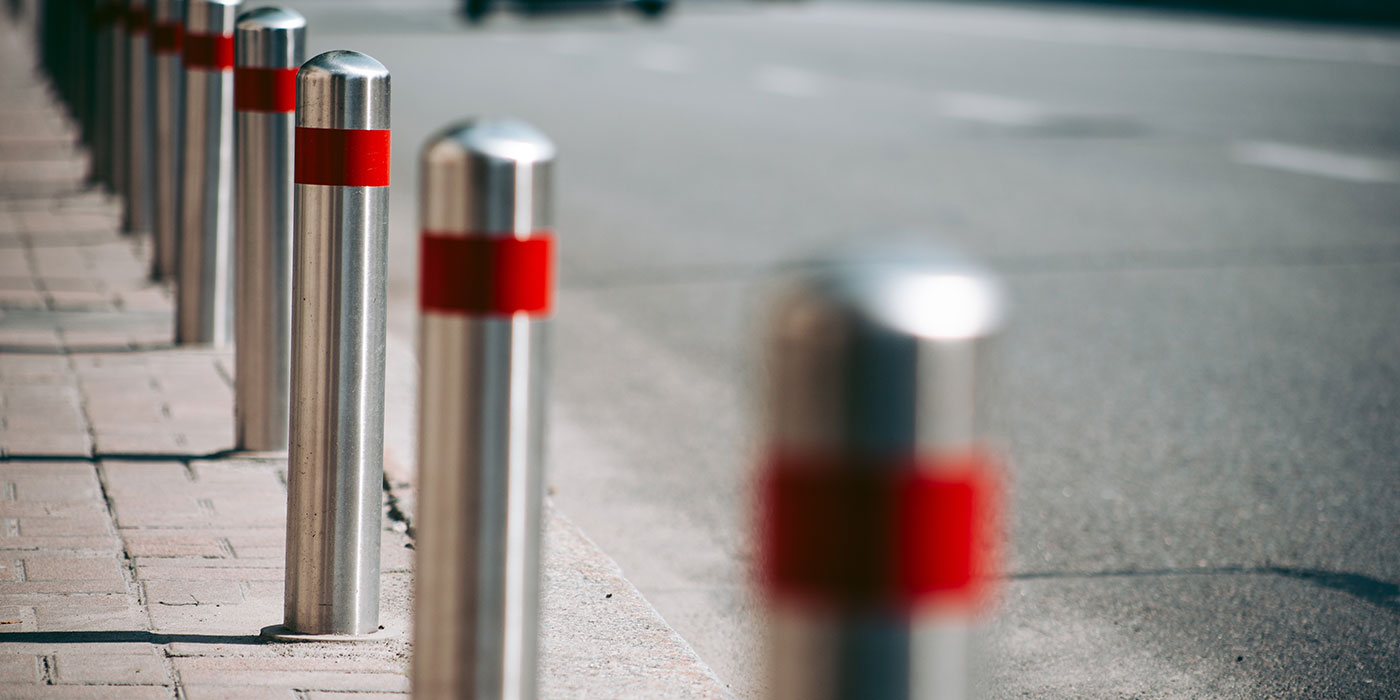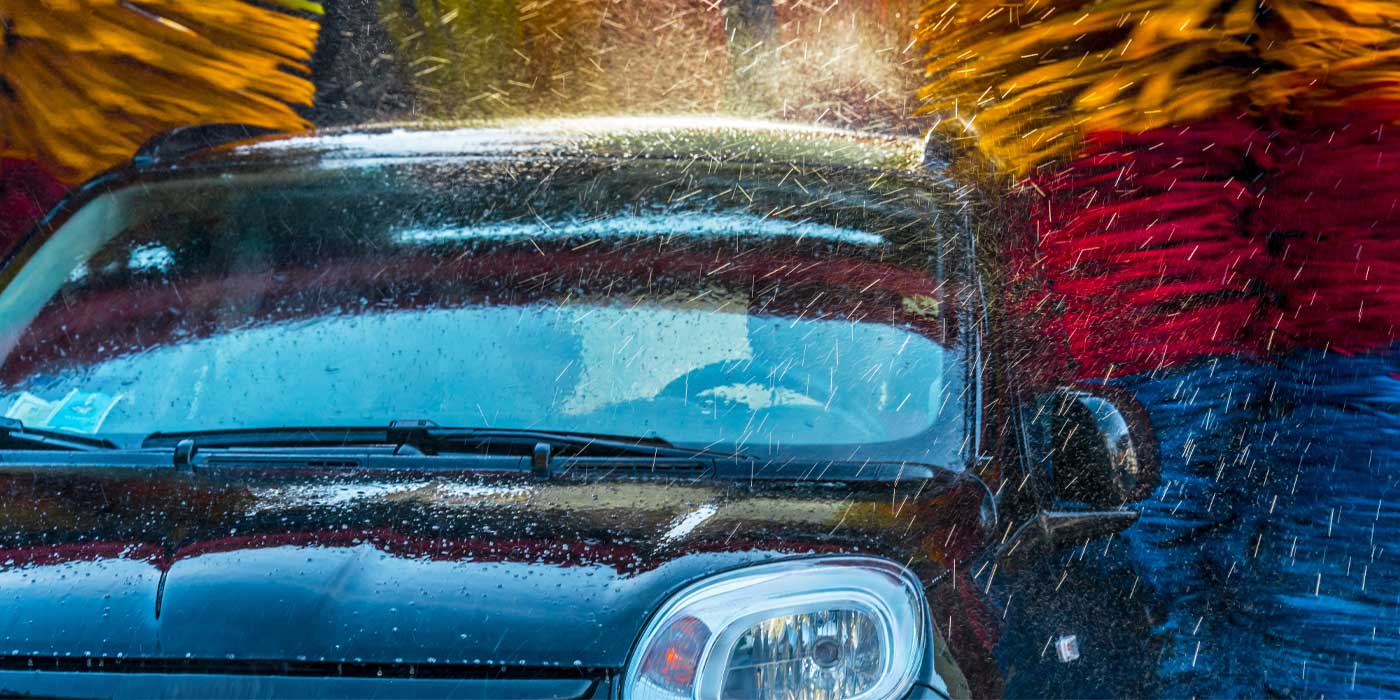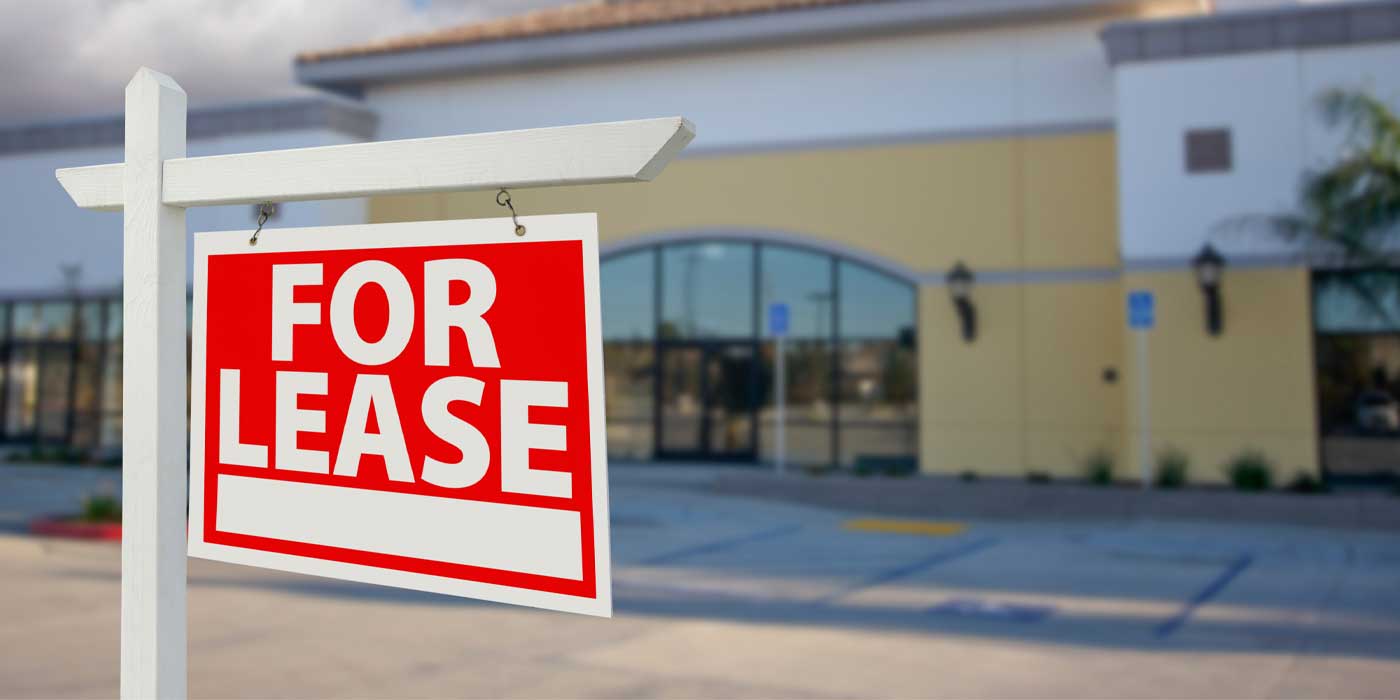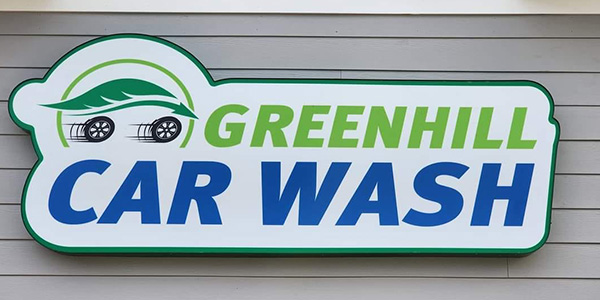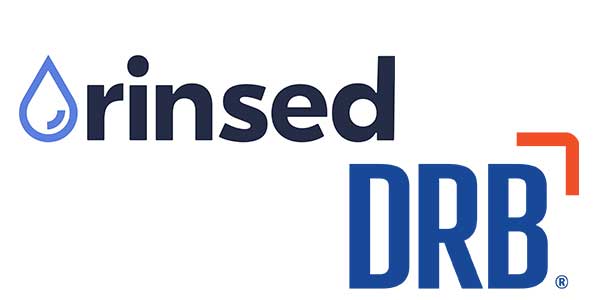In recent years, some market insiders forecasted that if our industry was able to build more carwashes, it would breed more customers and members. These insiders and others in the market are now seeing some compelling evidence supporting these predictions. The professional carwash industry has experienced a notable surge in building over the last five years, constructing over 800 new locations annually despite such obstacles as labor and supply shortages and even a global pandemic.
This rapid expansion has resulted in intensified competition in the U.S. As market saturation becomes a reality, it is crucial to consider the positive and potentially negative effects on both new and existing carwash sites. One intriguing aspect to explore is whether close competition can actually yield benefits for existing carwashes.
Surprisingly, market research suggests that increased competition might have positive outcomes for operators and the general industry. Additionally, market experts propose that key markets are not yet saturated enough to fully maximize benefits for the entire industry and all operators.
Defining saturation
Eric Wulf, CEO of International Carwash Association (ICA), emphasizes the significance of evaluating the level of market saturation in your area. He provides his perspectives on what constitutes market saturation, aiming to help carwash operators determine whether their specific region is saturated or not.
“Perhaps the simplest definition is the point at which supply (carwashes) outruns demand (washes or memberships),” notes Wulf. “What has changed the most in recent years is our understanding of what level of store density will result in that threshold being crossed. In other words, sufficient returns are still being generated in areas that would have seemed impossible to attain using the previous ‘three-mile store separation’ rule of thumb.”
Todd Davy, senior vice president of sales for DRB®, highlights essential indicators for identifying a saturated market. He suggests that monitoring your site’s wash volume and tracking membership declines are crucial factors to consider in determining whether a market has reached its saturation point.
“A market is considered saturated when the introduction of a new carwash facility in an area no longer leads to an increase in wash volume. Typically, the opening of a new carwash attracts new washers and increases the frequency of carwashing among the population. The mere presence of multiple carwash facilities reinforces the idea that regular use of an automatic carwash is a worthwhile investment,” insists Davy.
However, continues Davy, once the introduction of a new carwash ceases to generate an increase in wash volume, it signifies that the market has reached a saturation point.
“Note, we are not considering an individual operator’s investment economics because that is such a varied metric. We want to think industry-wide,” Davy urges.
Another sign of market saturation that experts look at is in pricing pressure. “If we start to see carwashes drop down to $3, $5 and $7 washes, that will indicate saturation impact because of competitive pricing tactics. We are not seeing these signs on a large scale anywhere,” asserts Davy.
So far, market experts are not seeing substantial indications of market saturation within the carwash industry in any region of the U.S. As a result, new construction has remained steady and, in lockstep, membership and wash volume have also increased across the industry. Certain customer and market trends are helping to fight off the negative effects of market saturation. One key factor is the presence of more professional carwash choices for customers.
Elasticity of demand
According to Dan Flatley, DRB’s vice president of product management, the “elasticity of demand” is helping some operators thrive in crowded markets. Simply put, he explains, if our industry builds more carwashes, more customers will wash.
“We are training our customer base to see an express carwash, for instance, as a valuable investment for their hard-earned dollars and they want to keep washing their vehicles. That’s a really good thing,” Flatley says. “Secondly, and maybe equally as important, is the power of a network effect.”
Site activity is leading to more activity. As more customers convert to membership or increase visits to a carwash, word-of-mouth and busy sites will pique the interest of other motorists to become regular carwash customers.
“Given these factors, we do believe there are still plenty of opportunities to scale a carwash business, particularly in the more highly populated (and growing) states like Texas,” adds Flatley, who recently co-presented a webinar on this topic of market saturation with Davy, which can be found on-demand HERE.
Putting saturation in perspective
Certain experienced and former operators nostalgically recall a past “gentleman’s agreement” where there was an understanding not to build a carwash site in close proximity to one another. With intensifying competition, these operators are now questioning when it becomes necessary to draw the line and determine the threshold of saturation in the market. But, this concern is not new.
“The carwash industry has probably been talking about saturation since the day the second carwash opened, but actual proof of saturation hasn’t been easy to find thus far. Of course, carwashes go out of business due to competition, but this often occurs due to multiple factors,” explains Wulf.
As the industry evolves and matures, continues Wulf, it undergoes constant reinvention driven by customer preferences for new concepts while outdated or poorly executed models lose favor. In other words, the major risk faced by most existing operators is not just market saturation, but the risk of not keeping up with evolving consumer preferences or maintaining operational excellence.
Still, builders and new investors need to make sure that market regions they are targeting are suitable to grow a carwash business. Haphazard building is not recommended, and investors must make sure demand can sustain the business before shovels plunge into the ground.
So, which key factors determine an area’s suitability for increased carwash sites today? Davy offers the following advice.
“It’s important to look beyond sheer car counts and population numbers. You need to look at the context behind those numbers,” notes Davy.
Specifically, DRB recommends focusing on:
Proximity to growing or busy high-frequency retail: You want to be near places drivers visit several times a week, such as grocery stores.
Traffic patterns: Focus on where people are going, not necessarily where they live so you can be on the list of places they stop at along the way.
Driver demographics, such as age and income: These factors can help predict if the drivers in the area are likely to use your wash and what pricing strategies are most likely to work.
Visibility: Busy roads are great, but not if drivers are zooming by at 55 mph. It will be easier to catch drivers’ attention if your wash is on a popular road with a 25- or 35-mile-per-hour speed limit.
Ingress/egress: Make sure the site is easy to enter and exit safely and can stack sufficient cars.
“I still believe it’s rarely the case that your concept can outperform a poor location, so real estate selection is the first most important decision,” adds Wulf. “After that, I’d be focused on differentiation. A potentially useful exercise: assume that within three years of opening a store that its number of competitors has tripled. What will you offer that makes your store unique, preferred and profitable?”
Standing out from the crowd
When industry experts emphasize the importance of operational excellence in surpassing competition, certain key attributes of a high-quality operator become apparent. These characteristics are frequently cited as crucial elements that can help set apart exceptional operators in our industry.
In what ways can an existing or new operator achieve excellence in this industry? Those we interviewed for this article offer some clear-cut strategies.
“It’s important to make sure you have a strong, compelling brand that is consistent and cohesive,” insists Davy. “Your brand has to make sense in all parts of your operation, including site layout, pricing, logo, wash quality and customer experience. Focus on the customer experience, delivering fast, frictionless transactions and a clean, dry, and shiny vehicle every time and your brand/business will succeed.”
As important as knowing what to do is knowing what not to do when it comes to operating a carwash business. Short-term strategies, such as reducing prices, will likely not overcome competition and might actually have a serious negative impact on long-term success. After reducing prices, some customers might wonder if the business is desperate or if its level of quality has dropped off. Knowledgeable customers might look at a lower price as “you get what you pay for” and these customers aren’t willing to pay the price of wasting their time with a poor-performing wash.
According to Wulf, unless an operator has a durable cost advantage over its competitors, this usually initiates a downward spiral.
“Another strategy I’d be careful considering is adding new ancillary features. Even in the full-serve business, you’re offering a service that competes on elements of speed and convenience. Adding more services to your menu often adds complexity, and you risk ending up doing more things less well,” says Wulf.
There is a wide array of tools and resources in the market that can assist both new and existing operators when navigating their path to success in competitive, crowded markets. Improving your carwash’s brand, providing a consistent service and putting the customers’ needs first will continue to help operators achieve excellence, regardless of competition. The next time a new wash opens close by, experts recommend seeing it as an opportunity for your business and its customer base as well as our industry rather than a hindrance.
Rich DiPaolo is the associate publisher – editorial of Professional Carwashing & Detailing.



